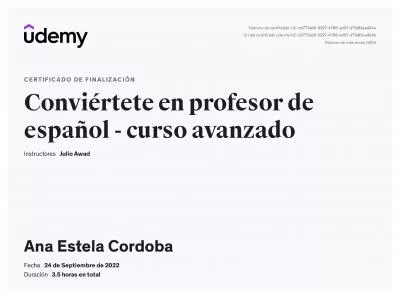PPT-Spanish Colonization of New Mexico
Author : natalia-silvester | Published Date : 2016-05-27
Colonization of New Mexico from Mexico Colonists introduced Wheat chilis melons etc Horses cattle sheep Metals glass Pueblos had Maize beans pinyon nuts Deer
Presentation Embed Code
Download Presentation
Download Presentation The PPT/PDF document "Spanish Colonization of New Mexico" is the property of its rightful owner. Permission is granted to download and print the materials on this website for personal, non-commercial use only, and to display it on your personal computer provided you do not modify the materials and that you retain all copyright notices contained in the materials. By downloading content from our website, you accept the terms of this agreement.
Spanish Colonization of New Mexico: Transcript
Download Rules Of Document
"Spanish Colonization of New Mexico"The content belongs to its owner. You may download and print it for personal use, without modification, and keep all copyright notices. By downloading, you agree to these terms.
Related Documents

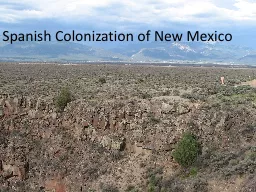


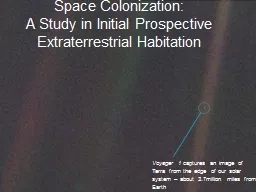

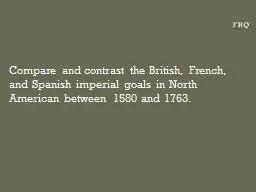
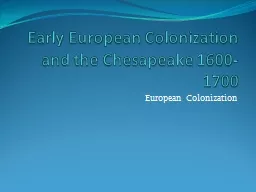
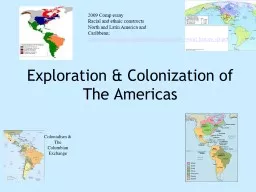

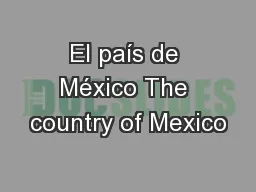

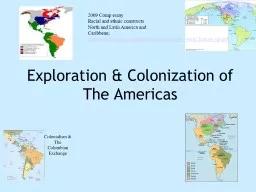
![get [PDF] Download West\'s Spanish English English Spanish Law Dictionary: Translations](https://thumbs.docslides.com/1019677/get-pdf-download-west-s-spanish-english-english-spanish-law-dictionary-translations-of-terms.jpg)
